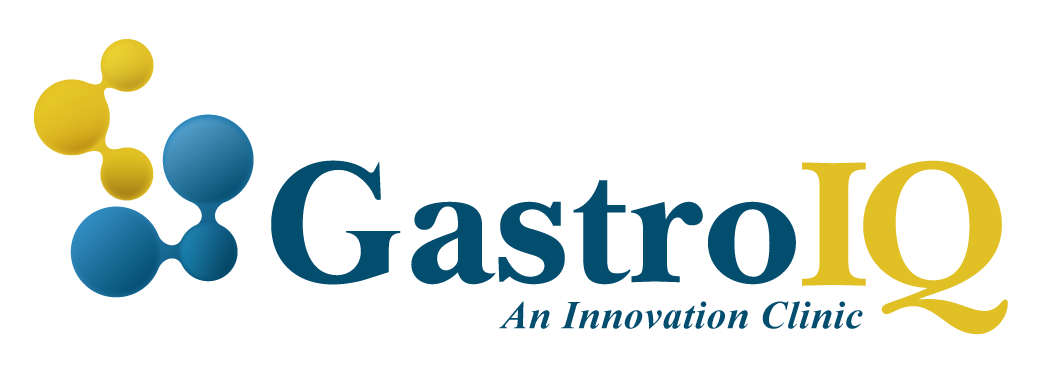Gallstones
What causes gallstones?
Gallstones are formed when bile (a liquid) become super-saturated with cholesterol and other bile salts. This results in the formation of crystals, which then act as a seed around which the stone grows.
The risk factors for gallstones include:
– a family history
– female gender
– being overweight
– a history of pregnancy
– being middle-aged
What are the symptoms of gallstones?
Most patients with gallstones do not know they have them, ie. the gallstones are not causing any symptoms. When symptoms do develop the most common issue is pain. This is called ‘biliary colic’ and usually occurs in the upper right of the abdomen. Other symptoms that can develop include:
– nausea and vomiting
– loss of appetite
– discomfort after meals
Gallstones can also cause several other complications:
(i) Cholecystitis – this occurs when the gallbladder itself become inflamed. Symptoms include pain, tenderness and fever. This warrants admission to hospital and is treated with antibiotics and removal of the gallbladder.
(ii) Blockage/infection of the bile duct – this occurs when gallstones leave the gallbladder and migrate into the tube (bile duct) leading down into the intestines. This blockage can result in
– Jaundice – a yellowish appearance to the skin and eyes (jaundice)
– Infection of the bile duct
– Pancreatitis – inflammation of the pancreas
How do you diagnose gallstones?
How do you treat gallstones
Gallstones only need to be treated if they are symptomatic. The most effective treatment is to surgically remove the gallbladder (cholecystectomy). While multiple therapies have been used to try to ‘dissolve’ gallstones, in general they are ineffective.
Gallstones that have left the gallbladder and migrated into the bile duct need to be removed. This is done by a procedure called Endoscopic Retrograde Cholangio-Pancreatography (ERCP). During an ERCP, a tiny camera is passed through the mouth down into the small intestine to the opening of the bile duct. A small cut is then made and the stones extracted by pulling them down into the intestine. This procedure is preformed by Dr. Paul Urquhart who completed specialized training in ERCP and EUS overseas.

